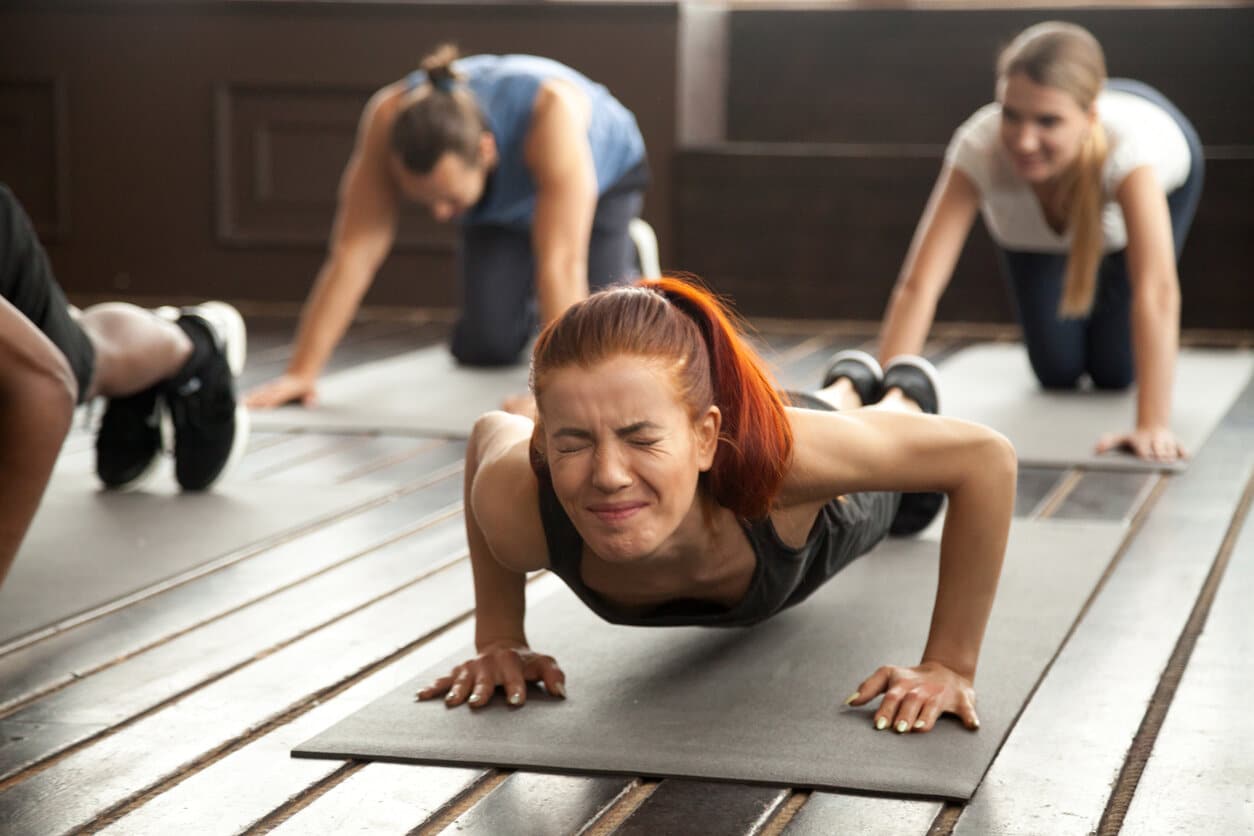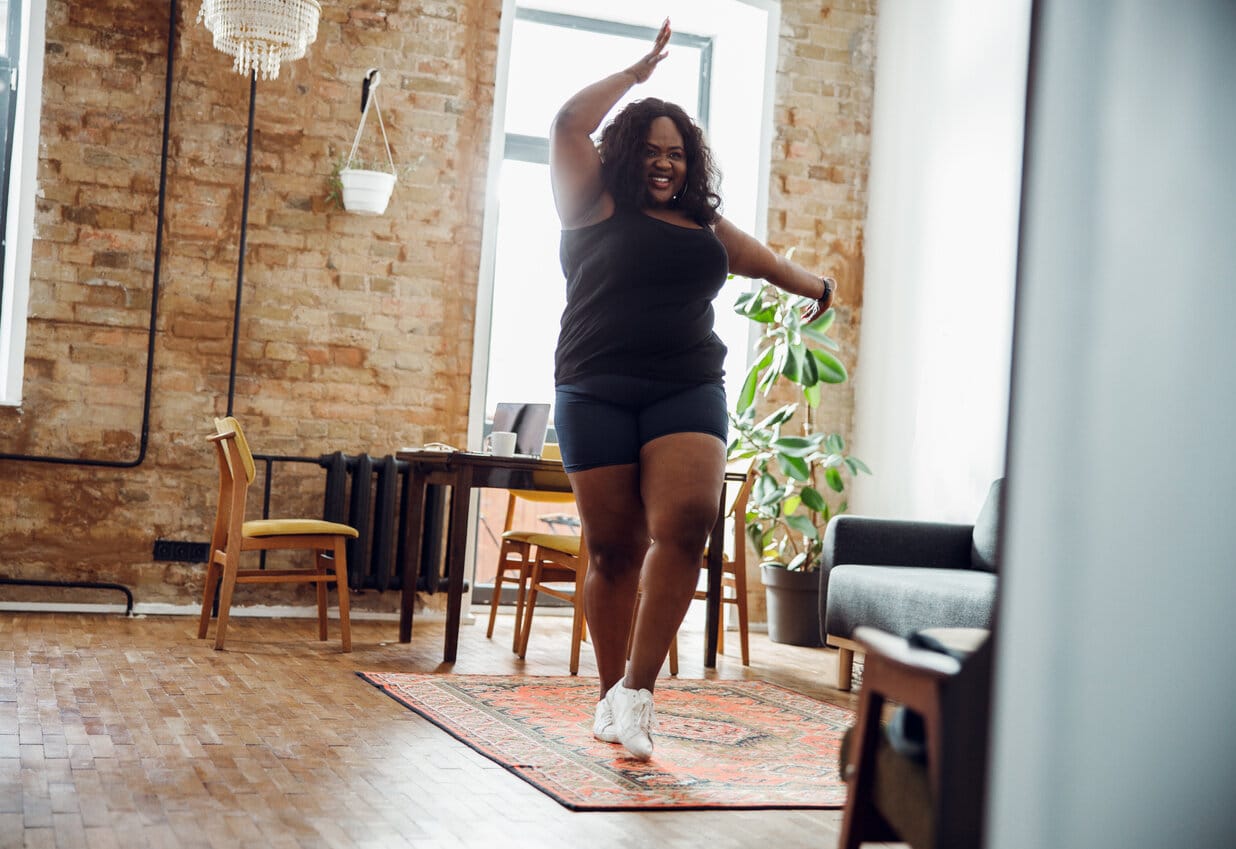I love reading about the Hadza tribe in Tanzania. They are one of the few last known hunter-gatherer populations left on earth.
There are a few things about the Hadza that I think are particularly relevant for anyone seeking higher health and active, healthy aging.
And they are:

- You are never too young or too old to be physically active
- We should be moving at a slow to moderate pace all day
- There is no evidence of cardiovascular disease, obesity, or diabetes in the population
- The Hadza move more in one day than the average American moves in one week
Besides the evidence from the Hadza about the benefits of consistent physical activity, there are many, many other studies showing that physical activity is essential for good health.
If you want more, check out the blog post I did about the many benefits of exercise: “This is Why Exercise is So Important”
Not to mention, most people feel great after some physical movement. Whether it’s a nice walk, some light stretching, dancing to your favorite music, or a hard-core workout, moving makes us feel good!
So…..why is it so hard for some of us to fit in regular physical activity?
Why do we have “exercise inertia”?
And more importantly, what can we do about it?!
I believe a big part of the problem is that our lives are inherently sedentary.
Sitting is built into everything we do.
Many of us are actually REQUIRED to sit to do our work!
But this does not serve our mental or physical well-being.
Another issue is that when we hear we have to “move more” most of us picture sweating it out like crazy at the gym or going on a long jog or bike ride.
We get overwhelmed at the thought of how far we have to go to be that perfect exercise addict we see on Instagram.

Another issue is that we may not fully “get” the importance of physical activity for our health.
Culturally we are taught that exercise for adults is all about weight loss.
If we want to lose weight we just have to “eat less and move more”.
The idea of moving, just for the sake of movement, is not particularly touted in the media.
So….. I am here to tell you that regular, consistent physical activity is imperative for long-term health.
Again, I’ll refer you to a former blog post where I list the benefits of exercise including prevention of dementia and Alzheimer’s, better immune function, healthier microbiome, better cardiovascular health, improved mood, and more fat-burning.
Forget about weight loss for a moment. If you want to be healthy now and all the way up to a ripe old age, you MUST be physically active.
It is NOT OPTIONAL!
Right now, I want you to think of all the older people you know that impress you with their energy and sprightliness.
I would be willing to bet that almost all of them (but probably all of them) are physically active.
They probably are not exercise-addicts (although they may be). Rather they may garden a lot and putz around the house.
Or maybe they take their dog out on a long walk every day.
There is a woman I pass by every morning on my daily walk. I have seen her for years, walking every day, rain or shine, winter or summer, Covid or pre-Covid.
The other day I was chatting with her and asking her how long she walks.
She told me she used to walk 5 miles every day and now she only walks about 4.
Then she said, “I’m 87 years old! I can’t walk as much as I used to.”
Well, let me tell you. This lady does not LOOK 87 years old!
If you are looking for the fountain of youth, you have it right there in your own body.
Be like the Hadza, aim for at least 2 hours a day of movement.
I know this is a tall order.
That can be the long-term goal. Work your way up to it.
So, how do you get over exercise inertia and move from barely any physical activity to 2 hours a day??!! What is Jill crazy?
For now, just focus on getting more than you are currently getting.
If you currently work out for an hour a day, add on a 10-minute walk.
If you have no exercise routine at all, then aim for 5 minutes of stretching, or dancing to one or two of your favorite songs each day.
As I mentioned above, exercise inertia is caused by thinking we have to go from nothing to 1-hour workouts right away.
That is not true!
Start small and simple.
I have an analogy about exercise that I love.
In the early days, when you are just getting started with a new routine, I want you to think of exercise as being just like a new lover.
Just like when you are dating, if you don’t find someone interesting you won’t put up with them for long. You don’t want to invest in something that isn’t fun or exciting.
Exercise is the same way.
It must feel like you are with a new lover. It MUST be pleasurable.

So, start with a beautiful relaxed walk or dancing or planting some flowers. Make it fun!
And of course, if you keep it up, your new lover (exercise) will eventually lose its rosy appeal.
But then it’s more like marriage. Now you are married and you are committed so you will stick with it.
And just like in marriage (shhh…don’t tell my husband) sometimes you hate exercise! And sometimes you love it. But you always stick with it.
I hope this has inspired you a little bit because the key to overcoming exercise inertia is starting with something you really enjoy and committing to doing a little more than you are doing now and slowly increasing it week by week.
If you suffer from exercise inertia and you are looking to be the best you can be and/or lose weight in a healthy sustainable way, I invite you to hop on a free strategy call with me.
We will explore if we can help with our Work with Your Nature Weight Loss program. Just click the link below to sign up for a complimentary strategy call for your health journey.
